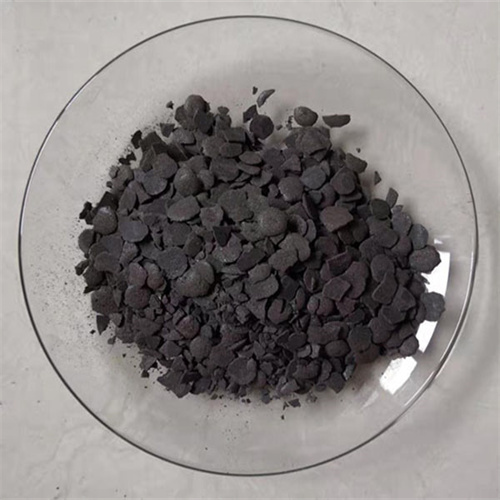Polyacrylamide is a versatile polymer with wide-ranging applications in various industries, particularly in water treatment, oil recovery, and soil stabilization. Understanding its stability is crucial for optimizing its performance across these applications.

The chemical structure of polyacrylamide contributes significantly to its stability. It is known for its resistance to hydrolysis and its ability to retain performance characteristics under varying environmental conditions. This stability is vital in applications where prolonged exposure to water and chemicals is expected.

In water treatment, polyacrylamide is used as a flocculant to remove suspended solids and clarify water. Its stability ensures effective coagulation and sedimentation, making it an essential component in various treatment processes.
In the oil industry, polyacrylamide serves as a thickening agent and is used in enhanced oil recovery. Its stability under heat and pressure conditions is crucial for improving oil extraction rates and maintaining reservoir integrity.
.jpg)
Polyacrylamide is also effective in soil stabilization, enhancing soil cohesion and reducing erosion. Its chemical stability allows it to retain effectiveness even in challenging environmental conditions.
.jpg)
The stability of polyacrylamide is a key asset that enhances its performance in various applications. Understanding these properties allows industries to leverage its full potential, leading to improved operational efficiency and effectiveness.
